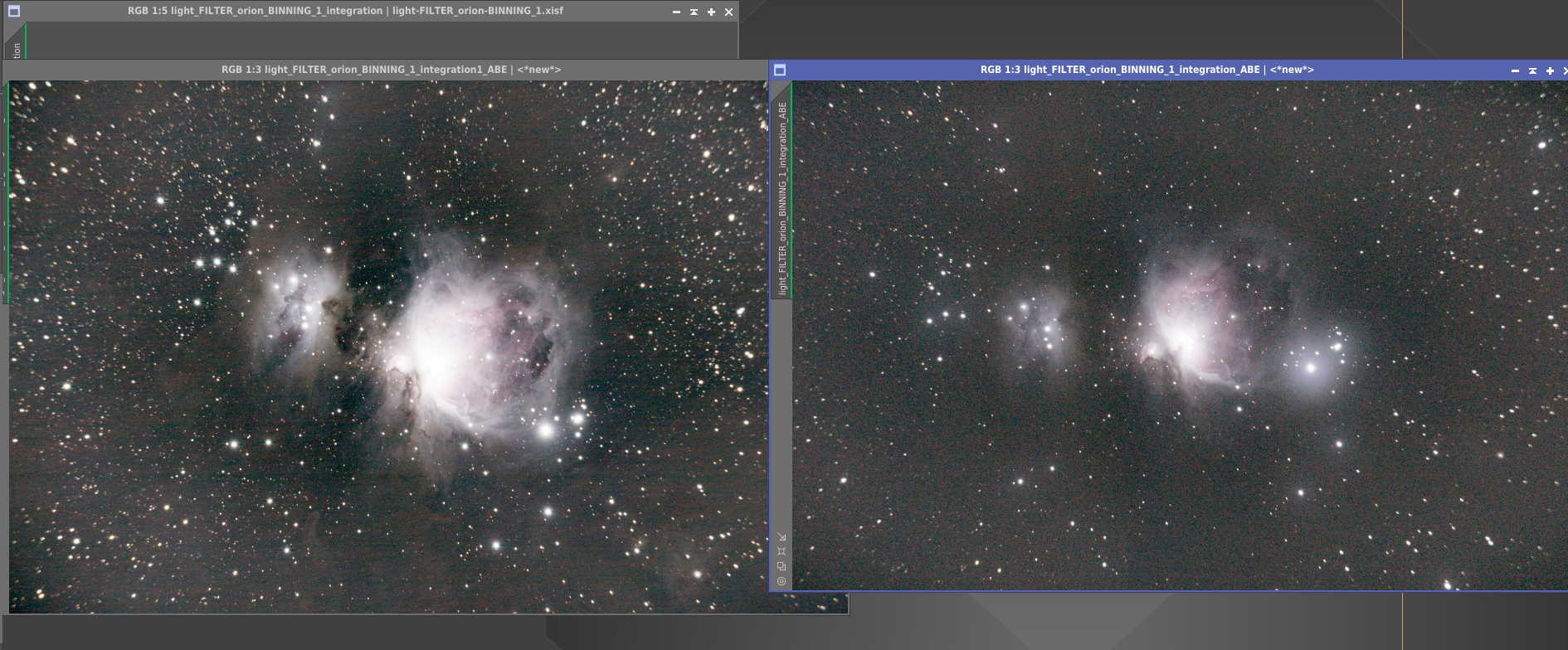noise testing
15 Oct 2018Just a quick update here – mostly grey skies as we move into fall, but I did a bit of experimenting over the last week. First, I gave some more thought to my “noise problem” such as it is. I realized that when I first embarked on this hobby, I was shooting Sony uncompressed RAW (as I always had), and as noted in an earlier update, I quickly realized that none of my software supported this particular format. I switched to compressed RAW on the (I think now flawed) assumption/premise that Sony’s “compressed” RAW wasn’t really compressed so much as it was just a smaller RAW file with, I dunno, less dynamic range or something. (Insert an interlude here about how little I know about RAW file formats.) I think this was probably wrong, and I did some testing with my earliest uncompressed data by using Adobe’s RAW conversion tool to convert it to DNG. The results seemed somewhat promising! But, I didn’t really know what I was doing with processing back then, so I didn’t have a lot to compare to.
If I were a good scientist I would have done a test run with just uncompressed RAW but leaving everything the same. Alas, instead, I am impatient and tried shooting uncompressed RAW in addition to trying some manual dithering/rotation. You can see below a comparison of my original integration from dark skies a few weeks ago – the results are otherwise unprocessed and autostretched to show the noise profile. On the right are my recent results – far less good data (clouds mostly ruined most of the exposures and it was in the city anyway), but good enough for a comparison:
You can clearly see there’s none of the weird ribbons of striated noise and a much more “normal” noise pattern. There’s still a disappointing amount of noise in general, but perhaps more manageable. I didn’t spent a lot of time processing it further since there wasn’t enough signal it’d be worth it. Still, it’s progress. Ultimately I suspect that shooting uncompressed RAW didn’t help much (but is probably still nonetheless worth doing) and that it was mostly the dithering that avoided the weird patterns in the noise. What I don’t know yet is if this will actually make it any easier to remove. Further experimentation is necessary!
In unrelated news, my field flattener arrived! Looking forward to testing this out.
